Multi-Location Marketing
10 Multi-Location Marketing Strategies for Brands in 2025
Tue, 28 Oct 2025 13:13:54 GMT
Speak to our Hyperlocal Expert
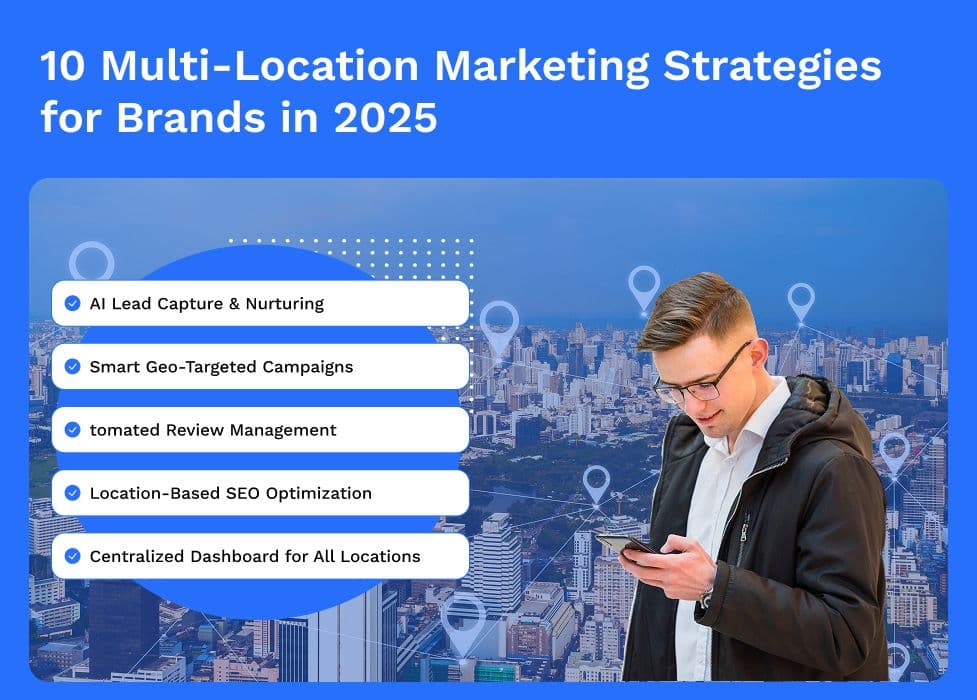
Running a business across multiple locations can be both exciting and challenging. Each branch has its own audience, competition, and local nuances, making it essential to find the right balance between brand consistency and local personalization. Whether you manage a retail chain, a restaurant franchise, or a service-based enterprise, ensuring every outlet thrives in its local market requires a focused strategy.
That’s where multi-location marketing comes in. It helps brands create unified visibility, manage listings efficiently, and deliver personalized experiences tailored to each region without losing the brand’s core identity.
As we move into 2025, evolving customer behavior, local search dominance, and emerging technologies are redefining how multi-location businesses connect with nearby audiences. From optimizing local SEO and automating campaigns to managing reviews and measuring store-level performance, success depends on a strategic, data-driven approach.
In this blog, we’ll explore 10 proven multi-location marketing strategies to help your brand boost local engagement, streamline operations, and drive sustainable growth across all locations.
What is Multi-Location Marketing?
Multi-location marketing is a strategic approach that enables brands with multiple outlets, franchises, or regional branches to promote their products and services effectively across different geographic areas while maintaining a consistent brand identity.
It focuses on creating a balance between corporate-level branding and localized outreach, ensuring that each location connects authentically with its nearby audience. This approach involves a mix of local SEO, social media management, targeted ad campaigns, reputation management, and community engagement, all tailored to fit each location’s unique market.
By combining centralized strategy with localized execution, multi-location marketing helps brands achieve wider visibility, build stronger customer relationships, and drive higher conversions in every region they serve. When executed well, it creates a seamless brand experience that feels both globally recognizable and locally relevant.
Importance of Multi-Location Marketing
For brands operating across multiple cities or regions, success depends on more than just brand recognition. It’s about local visibility and trust. Every store or outlet competes in its own market, where customer needs, preferences, and competition can vary dramatically.
An effective multi-location marketing strategy ensures that each location stands out in local searches, appears accurately on Google Maps and business directories, and maintains a strong, trustworthy reputation. This approach helps customers easily find nearby outlets and feel confident they’ll receive the same quality and experience at every branch.
Without proper management, brands risk inconsistent listings, missed leads, and diluted customer trust. But with the right combination of centralized control, automation, and hyperlocal engagement, businesses can scale efficiently while delivering personalized experiences in every market.
As we move through 2025, brands that embrace multi-location marketing will enjoy stronger local presence, higher conversions, and long-term customer loyalty across all locations.
Key Elements of Successful Multi-Location Marketing
To build an effective multi-location marketing strategy, brands must focus on a few essential elements that ensure consistency, scalability, and measurable success:
1. Brand Consistency - Maintain uniform messaging, tone, and design across all marketing channels and locations.
2. Localization - Customize campaigns, offers, and content to match the needs and interests of local audiences.
3. Centralized Data Management - Use a single dashboard to control listings, campaigns, and analytics across all branches.
4. Automation - Simplify updates, review responses, and campaign launches to save time and reduce errors.
5. Performance Tracking - Measure key metrics such as calls, foot traffic, and conversions for each location.
When these core elements align, brands can deliver a seamless customer experience, improve visibility, and achieve sustainable growth across multiple locations.
Top 10 Multi-Location Marketing Strategies for Your Brand in 2025
Succeeding in today’s competitive market requires more than just a strong brand; it demands a smart, scalable, and localized approach. The following multi-location marketing strategies are designed to help your brand strengthen visibility, engagement, and conversions across every location in 2025.
1. Claim and Manage Your Business Listings Across All Locations

Your digital presence begins with accurate and consistent business listings. Managing your brand’s information, such as name, address, phone number, operating hours, and category across all platforms like Google Business Profile, Apple Maps, and Bing Places, is fundamental.
Even small inconsistencies can confuse search engines and potential customers, reducing your visibility in local search results. Accurate listings help your brand appear in the right searches and build trust with local audiences.
Regularly audit and update your business information, add high-quality photos, respond to reviews, and share local updates or offers. This keeps each location’s profile active and relevant.
Using the Hyperlocal STP Automation tool can simplify the process, allowing your team to manage all listings from one place. This ensures every location stays optimized for discovery, engagement, and local search performance.
Watch the video below to discover how you can manage multiple store listings, content, and reviews effortlessly with a unified dashboard - making multi-location management easier than ever. "Multiple stores manage करना अब होगा super easy!"
2. Centralize Operations with a Powerful Content Management System
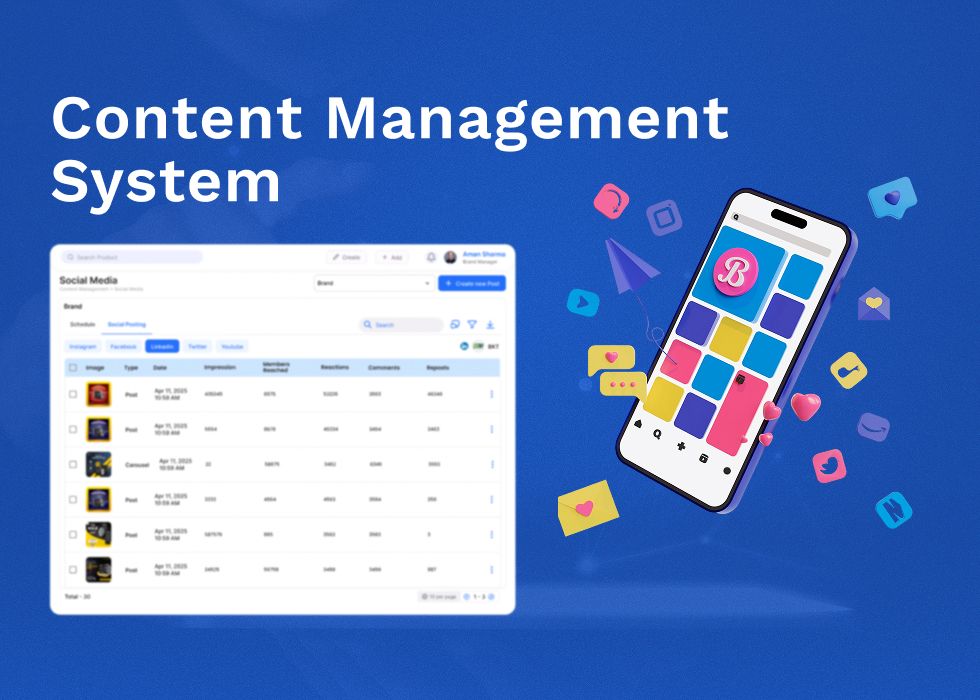
Managing marketing content across multiple locations can become complicated without a unified system in place. A centralized Content Management System (CMS) allows you to organize and control all digital assets, campaigns, and updates from a single platform.
With a CMS, brands can maintain consistent messaging, branding, and visuals across every location while still allowing local teams to make necessary updates or add region-specific information. This balance ensures efficiency without compromising local relevance.
A powerful content management system also simplifies publishing across multiple microsites, landing pages, and local store pages. It saves time, reduces manual errors, and ensures that each branch reflects the same quality and credibility.
By centralizing operations, brands can improve collaboration, speed up campaign rollouts, and maintain a unified customer experience across all locations.
3. Strengthen Brand Reputation Through Active Review Management
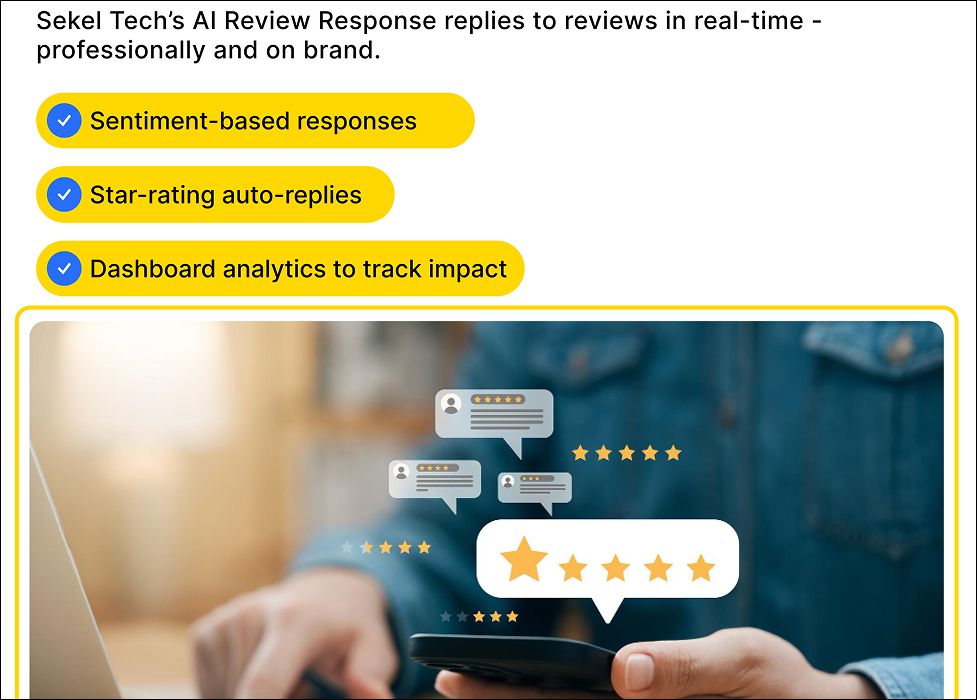
In 2025, reviews are your most valuable digital currency. Customers trust peer reviews far more than advertisements, making them a crucial factor in influencing purchase decisions.
For brands with multiple outlets, an effective multi-location marketing strategy must include active review monitoring, response management, and reputation tracking across platforms such as Google, Yelp, and social media. A proactive approach demonstrates accountability, builds credibility, and enhances visibility in local search rankings.
Encourage satisfied customers to share positive feedback and respond to negative reviews with empathy and actionable solutions. Use sentiment analysis tools to identify recurring concerns and areas for improvement.
Automating review notifications and responses through a unified dashboard ensures every comment receives timely attention. Consistent engagement with customer feedback not only strengthens your online reputation but also reinforces trust and loyalty across all locations.
Read Also - How Dynamic Review Management Boosts Hyperlocal Business
4. Streamline Marketing Efforts with Advanced Campaign Management
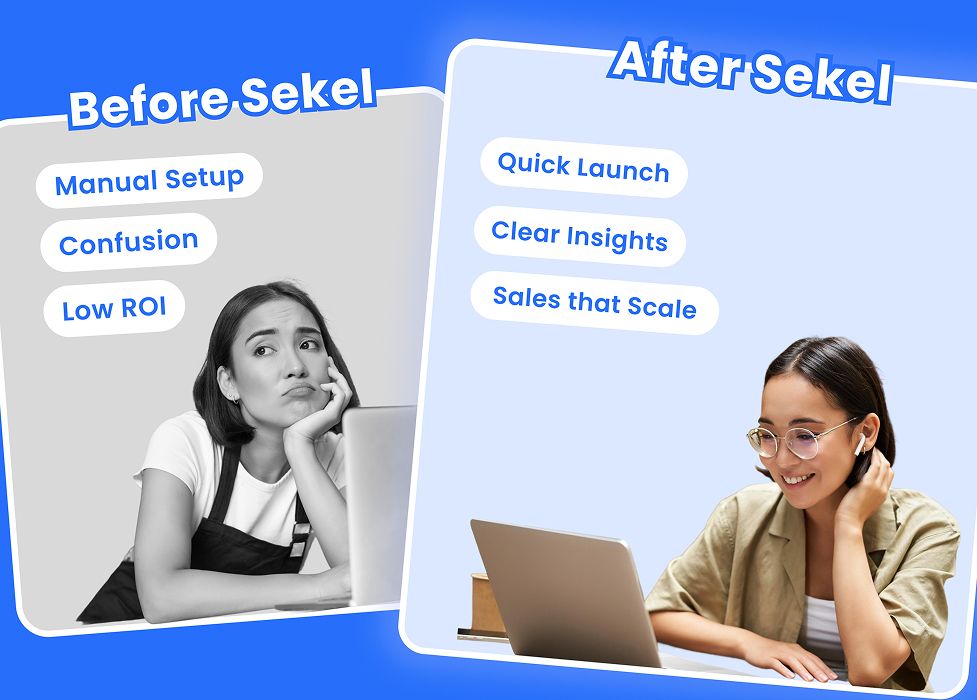
Managing marketing campaigns for multiple locations can quickly become complex without a centralized approach. Advanced campaign management tools help you plan, execute, and monitor performance across all branches efficiently.
Start by creating a unified brand strategy that aligns with corporate goals while allowing flexibility for local customization. Use data-driven insights to allocate budgets, identify high-performing regions, and optimize ad spend for maximum ROI.
AI-powered dashboards and automation platforms can simplify campaign tracking, audience segmentation, and performance analysis. This ensures each location delivers relevant messaging tailored to its local audience while maintaining consistent brand identity.
Regular performance reviews, A/B testing, and local engagement metrics further enhance campaign effectiveness. Streamlined management not only saves time but also helps you scale faster, maintain brand consistency, and achieve better visibility across regions.
5. Drive Foot Traffic Using Precision Geo Targeting
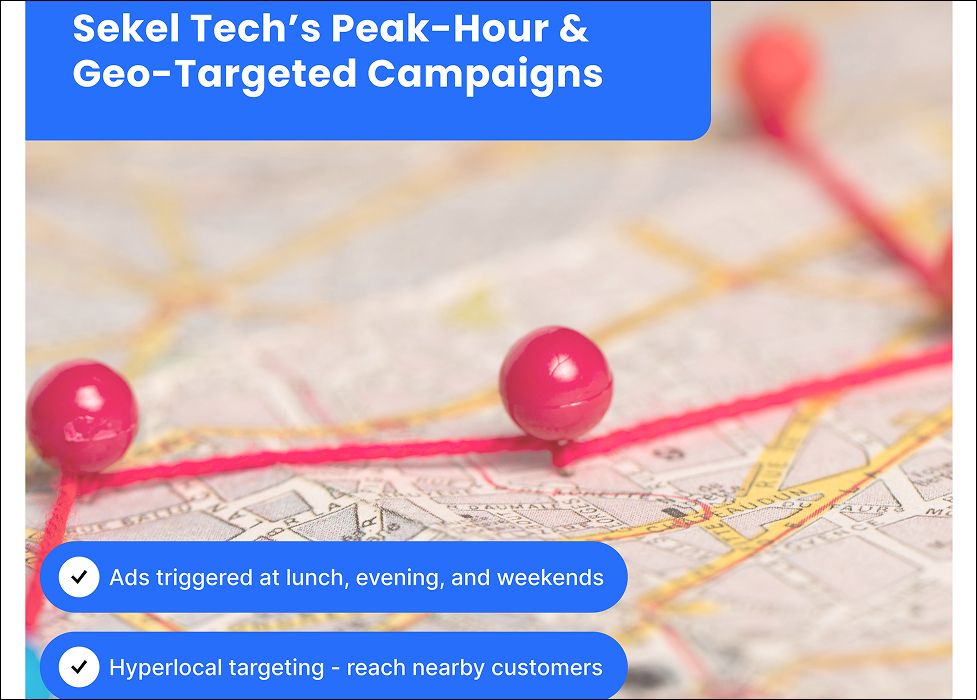
In an era where digital and physical experiences blend seamlessly, precision geo-targeting has become a game-changer for multi-location brands. By leveraging location data and customer intent, businesses can deliver highly relevant ads and offers to audiences within specific geographic areas.
Geo targeting allows brands to connect with nearby customers at the right moment, whether they are searching for “stores near me” or visiting a competitor’s location. Use tools like Google Ads, Meta location targeting, or hyperlocal platforms to run localized campaigns that drive in-store visits and engagement.
Integrating real-time data such as weather, local events, and customer behavior helps refine targeting accuracy and personalize messages. This approach boosts visibility, increases walk-ins, and enhances conversion rates by reaching customers most likely to visit.
When implemented strategically, precision geo targeting turns proximity into opportunity, helping every store location attract, engage, and convert nearby audiences effectively.
Read Also - Maximizing ROI with Geo Targeting Advertising Strategies : 2025
6. Build Dedicated Microsites for Each Store or Region
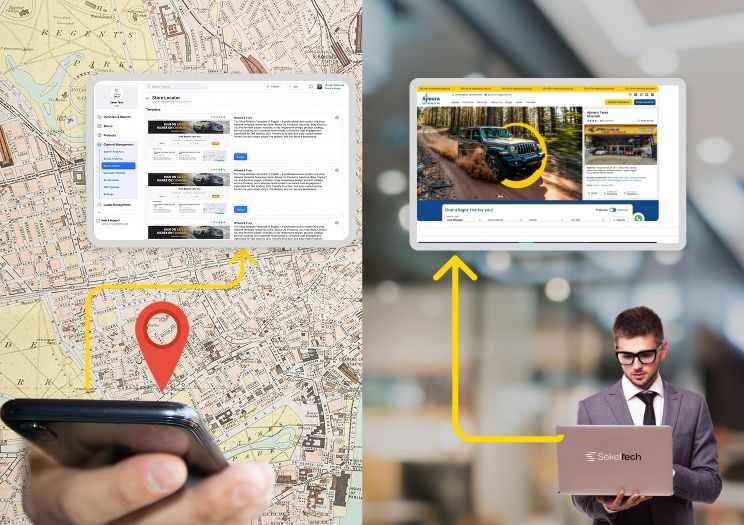
Dedicated microsites allow multi-location brands to create unique digital spaces for each store, franchise, or region while maintaining overall brand consistency. These localized pages highlight location-specific information such as services, promotions, reviews, contact details, and directions, making it easier for customers to find and engage with the nearest outlet.
Microsites also strengthen local SEO by enabling each branch to rank for its own set of keywords, such as “best tyre shops in Andheri” or “electronics store near Vasai.” This improves visibility in search results and drives organic local traffic.
By integrating local content, event updates, and customer testimonials, brands can create a sense of community and trust around each outlet.
Centralized management tools help maintain design consistency, compliance, and performance tracking across all locations. When implemented effectively, microsites become powerful discovery and conversion hubs, bridging the gap between online visibility and in-store experience.
Read Also - Importance of Microsites for Store Discovery in 2025
7. Boost Discoverability with Location-Focused SEO
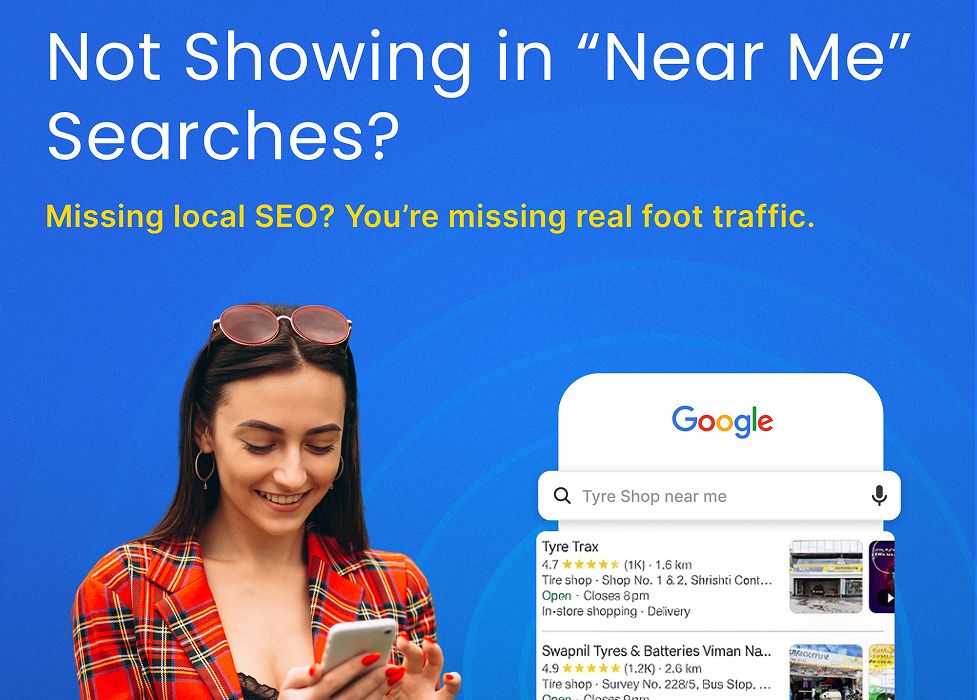
Location-focused SEO is the foundation of every successful Multi-Location Marketing Strategy. It helps each store or franchise appear in local search results when nearby customers look for products or services your brand offers.
Start by optimizing each location page or microsite with local keywords, schema markup, and accurate NAP details (Name, Address, Phone number). Ensure every outlet has a verified and optimized Google Business Profile, complete with photos, business hours, and categories.
Create locally relevant content such as blogs, event highlights, and customer stories to strengthen authority in specific regions. Encourage customer reviews and local backlinks from community sites, directories, and influencers to improve credibility and rankings.
Monitoring local SEO performance through analytics tools helps identify which locations need additional support. By combining on-page optimization, local citations, and strong content, your Multi-Location Marketing Strategy can dominate “near me” searches and keep your brand top of mind across every region.
Watch the video to see how retailers are using smart SEO and discovery tools to improve local search visibility and drive more foot traffic to every outlet. "How Retailers Boost Local Search Rankings & Foot Traffic?"
8. Measure Performance with Real-Time Conversion Analytics
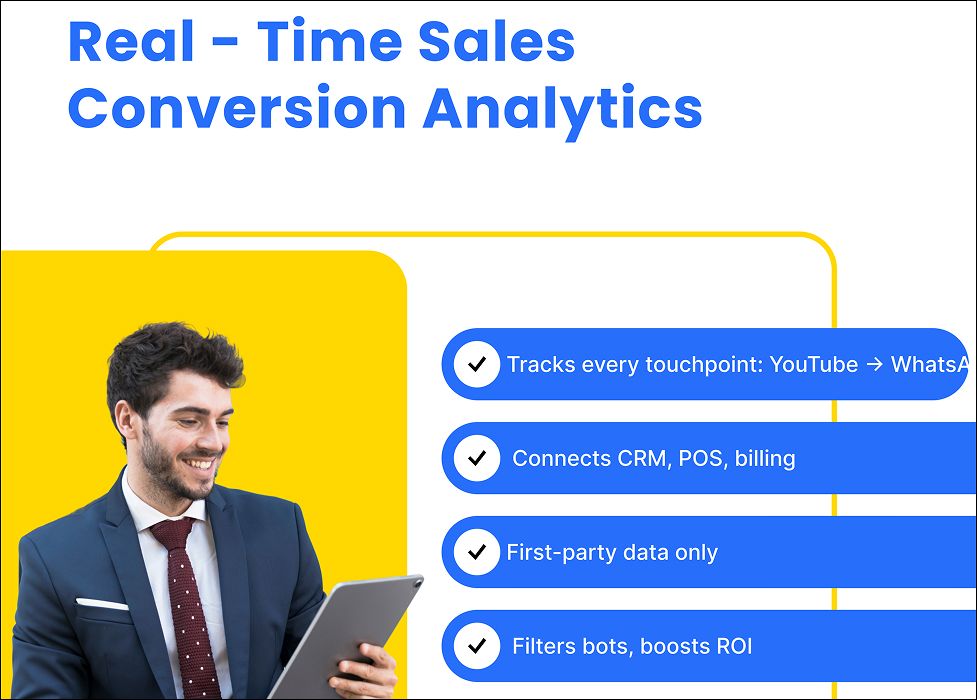
Data-driven decisions lead to smarter growth. Use real-time sales conversion analytics to track conversions, calls, form fills, and store visits across all locations.
A unified analytics dashboard helps brands identify high-performing outlets, measure campaign ROI, and adjust strategies dynamically.
Integrate tools like Google Analytics, CRM, and POS systems to gain a complete view of your customer journey from click to conversion. This enables marketing teams to make timely decisions, allocate budgets efficiently, and optimize underperforming locations.
When every insight is tracked and analyzed in real time, your brand can continuously improve visibility, engagement, and conversion performance across every branch or franchise.
9. Capture and Nurture Leads with Intelligent Lead Management
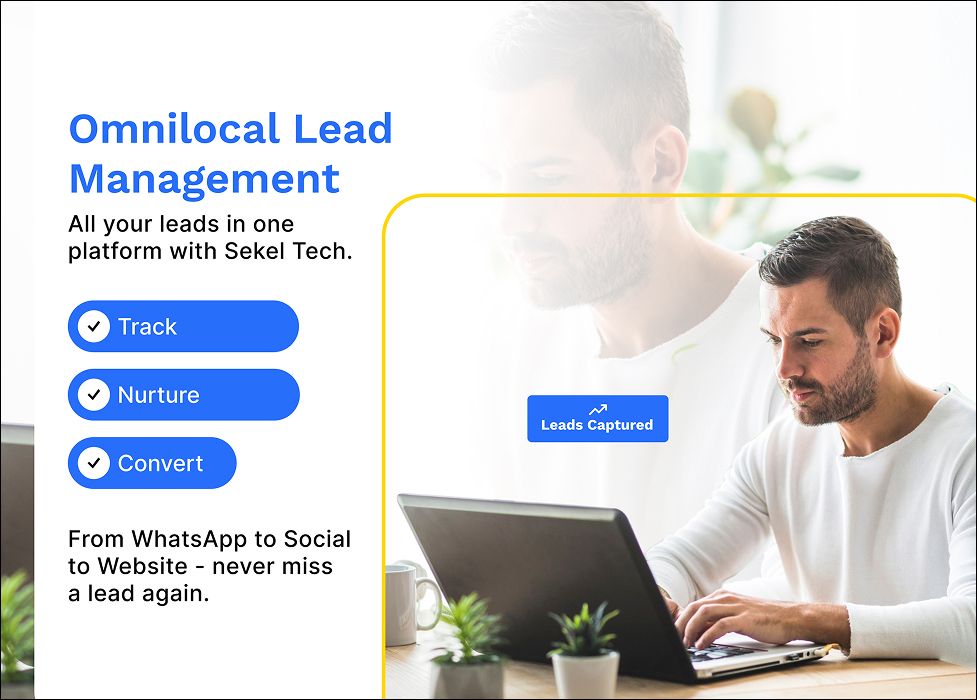
Lead generation is just the beginning. Nurturing leads is where growth truly happens. As part of a robust multi-location marketing strategy, implementing an AI-powered lead management system helps capture, score, and assign leads to the nearest location or sales representative.
Automated lead routing ensures faster follow-ups, higher engagement, and improved conversion rates. With integrated tools for SMS, WhatsApp, or email nurturing, brands can maintain consistent communication, personalize offers, and build stronger relationships with local prospects.
By tracking lead sources and engagement behavior, businesses can refine their targeting approach and increase ROI. Intelligent lead management transforms every inquiry into a potential sale while ensuring no opportunity is ever missed.
Watch the video to learn how advanced lead management tools can help you capture, track, and convert high-quality leads across multiple locations. "How to Track & Convert Quality Leads for Your Store."
10. Leverage a Multi-Location Marketing Platform for Scalability
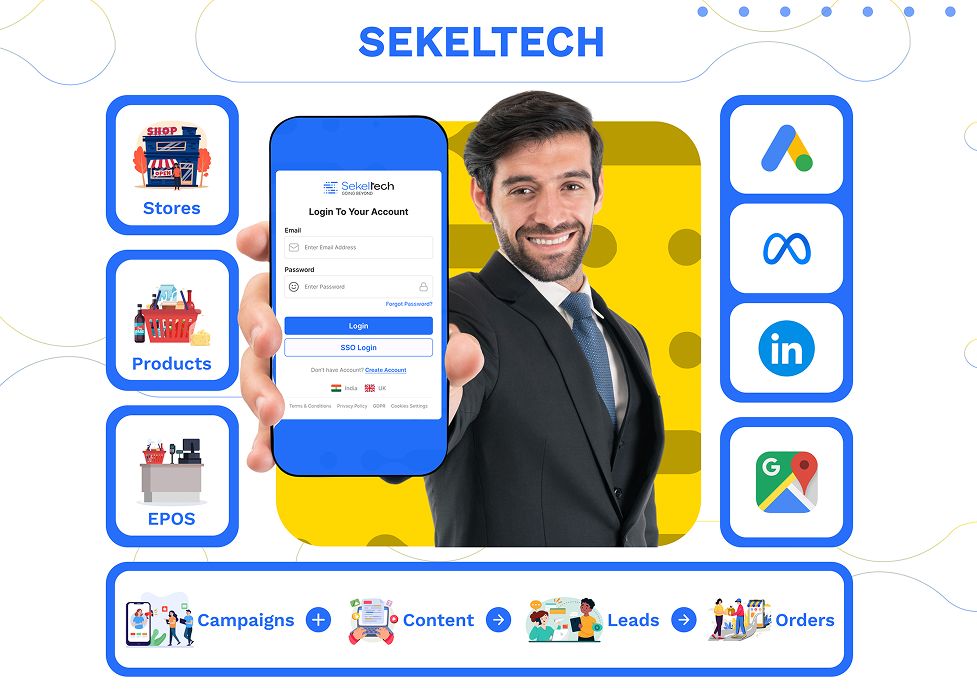
As your brand expands, managing multiple outlets manually becomes increasingly complex. This is where a powerful multi-location marketing platform makes all the difference.
A centralized solution helps streamline operations by managing business listings, automating campaigns, monitoring performance, and tracking ROI across all locations in real time. It ensures consistency, efficiency, and better control over every branch’s digital presence.
Sekel Tech’s Hyperlocal Discovery and Omni-Commerce Platform is designed precisely for this purpose. It enables brands to scale effortlessly by integrating location management, content publishing, lead tracking, and analytics into one intelligent dashboard.
With Sekel Tech, marketing teams can deliver personalized local campaigns while maintaining unified brand visibility and data accuracy. The result is faster decision-making, improved customer engagement, and sustainable growth across every location.
By applying these Multi-Location Marketing Strategies, your brand can stay ahead of competitors, engage audiences at the hyperlocal level, and achieve scalable growth in 2025.
Whether you’re managing a handful of outlets or hundreds, these approaches ensure consistency, performance, and lasting impact across every location.
Creative Multi-Location Marketing Ideas for 2025
Looking to boost visibility and engagement across all your branches? These multi-location marketing ideas can help your brand stand out in 2025:
1. Host Local Events
One of the best multi-location marketing ideas is organizing in-store events, pop-ups, or community drives to strengthen local connections.
2. Run Geo-Targeted Campaigns
Use data-driven, hyperlocal ads to promote offers and attract nearby customers.
3. Share Local Success Stories
Highlight your staff, customers, and regional milestones as part of your multi-location marketing ideas to humanize your brand.
4. Collaborate with Local Businesses
Partner with complementary local brands for co-promotions and exclusive deals.
5. Encourage User-Generated Content
Ask customers to share reviews, photos, and experiences, building authenticity and trust.
6. Launch Location-Based Loyalty Programs
Reward repeat customers with personalized, store-specific rewards to keep them engaged.
7. Automate Campaign Management
Use a centralized platform like Sekel Tech to streamline and scale your multi-location marketing ideas efficiently across all locations.
Learn more about effective hyperlocal and multi-location marketing strategies that drive visibility, engagement, and growth. Explore The Times of India’s detailed guide “Hyperlocal marketing strategies you need to know, to grow” for practical insights to strengthen your local marketing approach.
Frequently Asked Questions (FAQs)
1. What are the 4 pillars of marketing strategy?
The four Ps are the foundational elements of any marketing strategy: product, price, place, and promotion. These components help businesses design, position, and promote their offerings effectively to reach the right audience.
2. What is a SWOT analysis in marketing?
A SWOT analysis is a strategic tool used to evaluate a company's Strengths, Weaknesses, Opportunities, and Threats. It helps organizations identify internal and external factors that influence performance, guiding smarter marketing decisions and long-term growth planning.
3. How to gain customers fast?
To attract customers quickly, focus on hyperlocal targeting, optimize your Google Business Profile, use paid ads for visibility, offer limited-time deals, and encourage reviews. Consistent engagement and quick response to inquiries can also drive conversions faster.
4. What’s the best marketing strategy?
The best marketing strategy depends on your business type and audience. However, combining data-driven insights, personalized content, SEO, and customer engagement across multiple channels tends to deliver the strongest results.
5. What is multi-location marketing, and why is it important?
Multi-location marketing helps brands with several outlets promote their products or services locally while maintaining a consistent brand image. It boosts visibility, improves customer trust, and ensures every location performs well in its local market - leading to stronger overall brand growth.
Conclusion
In today’s competitive landscape, effective Multi-Location Marketing Strategies are key to ensuring consistent brand visibility and engagement across regions. These strategies help businesses manage multiple outlets efficiently, enhance customer experience, and maintain local relevance while scaling globally.
By leveraging a comprehensive multi-location marketing platform, brands can centralize data, streamline communication, and measure performance in real time. This not only improves operational efficiency but also drives stronger connections with local audiences - setting the foundation for sustainable growth and long-term success.
Take Advantage of Sekel Tech’s Multi-Location Marketing Platform
To streamline operations, boost engagement, and scale effortlessly across regions, leverage Sekel Tech’s Multi-Location Marketing Platform. Designed for modern brands, it enables you to centralize listings, manage campaigns, track performance, and nurture leads all from one intuitive dashboard.
Powered by Sekel Tech’s Hyperlocal Discovery and Omni-commerce Platform, it enhances visibility, improves customer engagement, and generates quality leads that convert into sales. Whether managing 10 or 1,000 outlets, Sekel Tech delivers the automation, scalability, and intelligence your brand needs to achieve success with advanced Multi-Location Marketing Strategies in 2025 and beyond.
Share
Similar Blogs
Loved this content?
Sign up for our newsletter and get the latest tips & updates directly in your inbox.
There’s more where that came from!